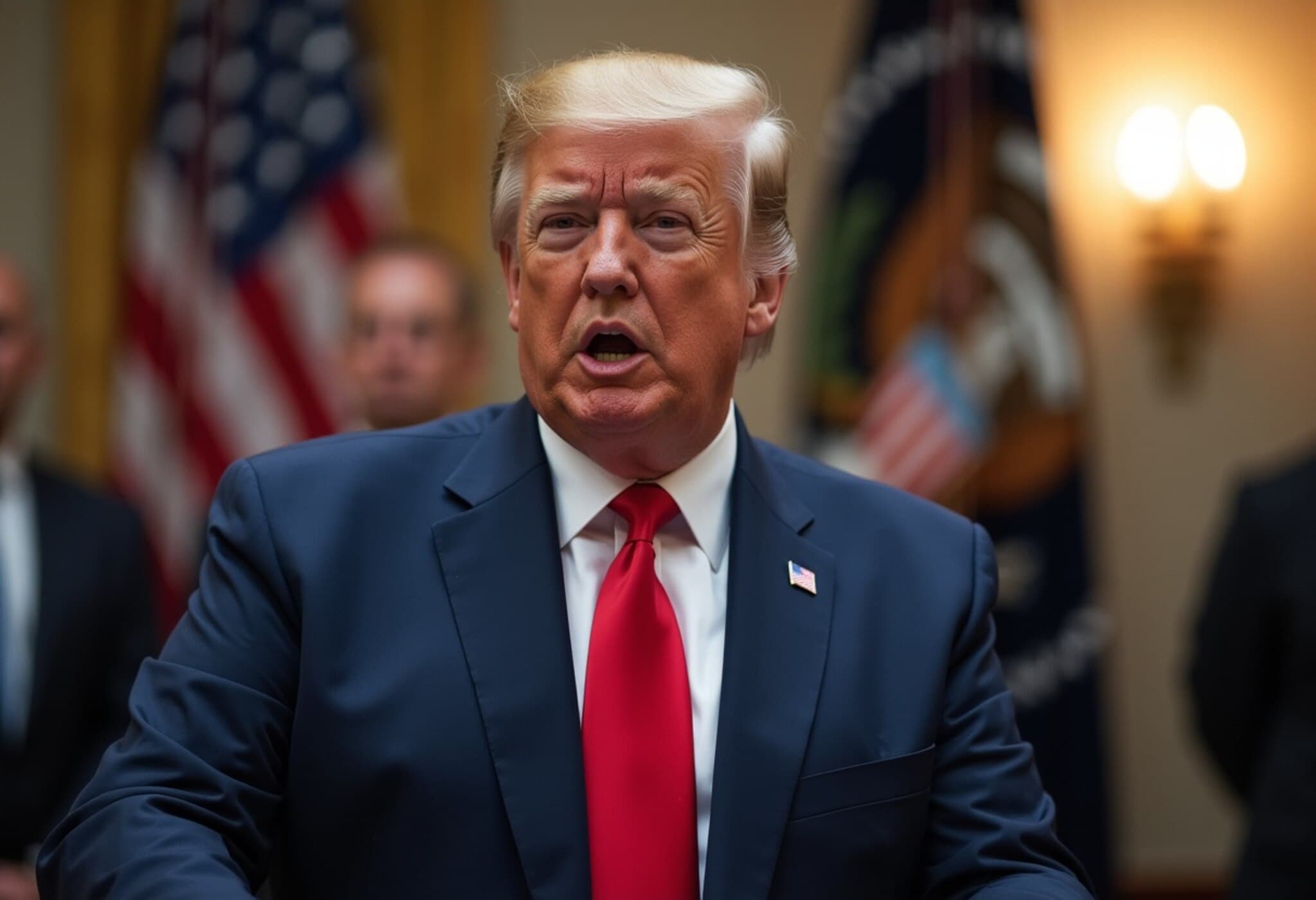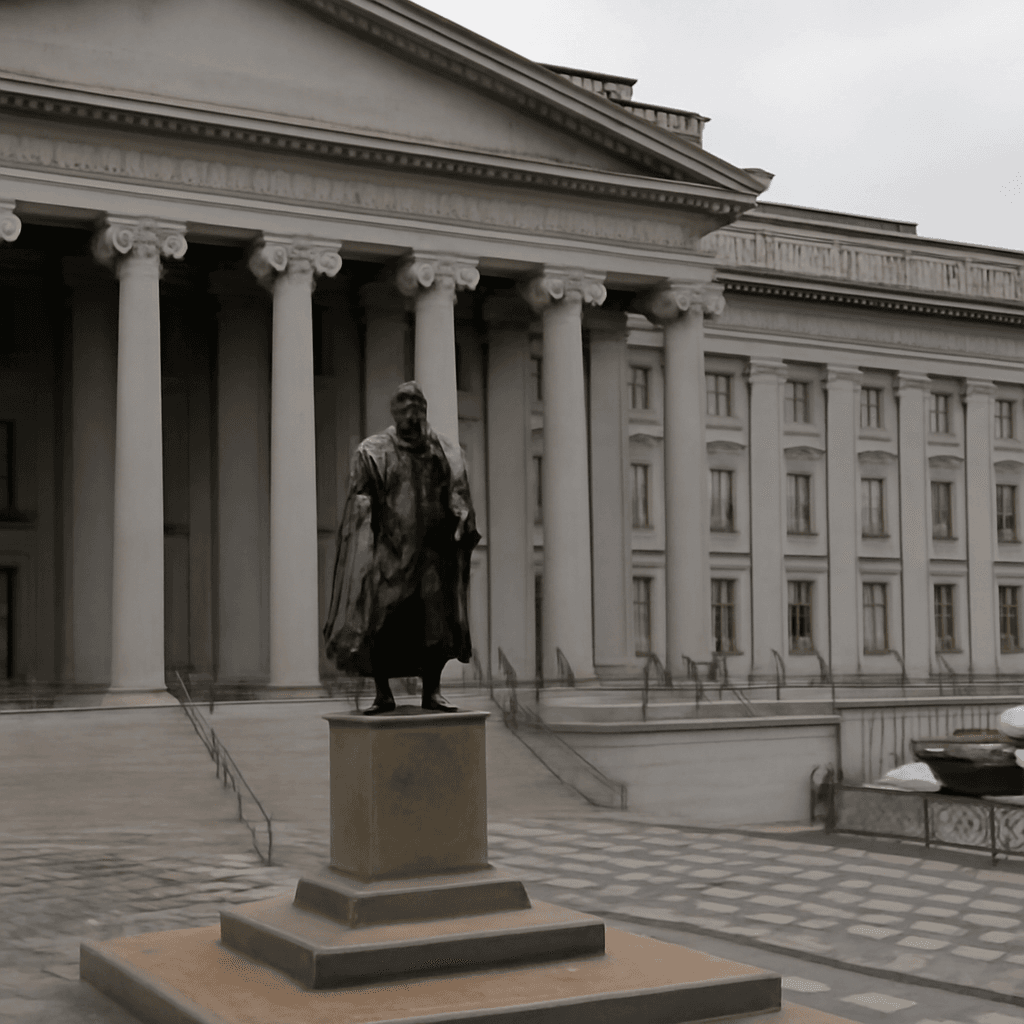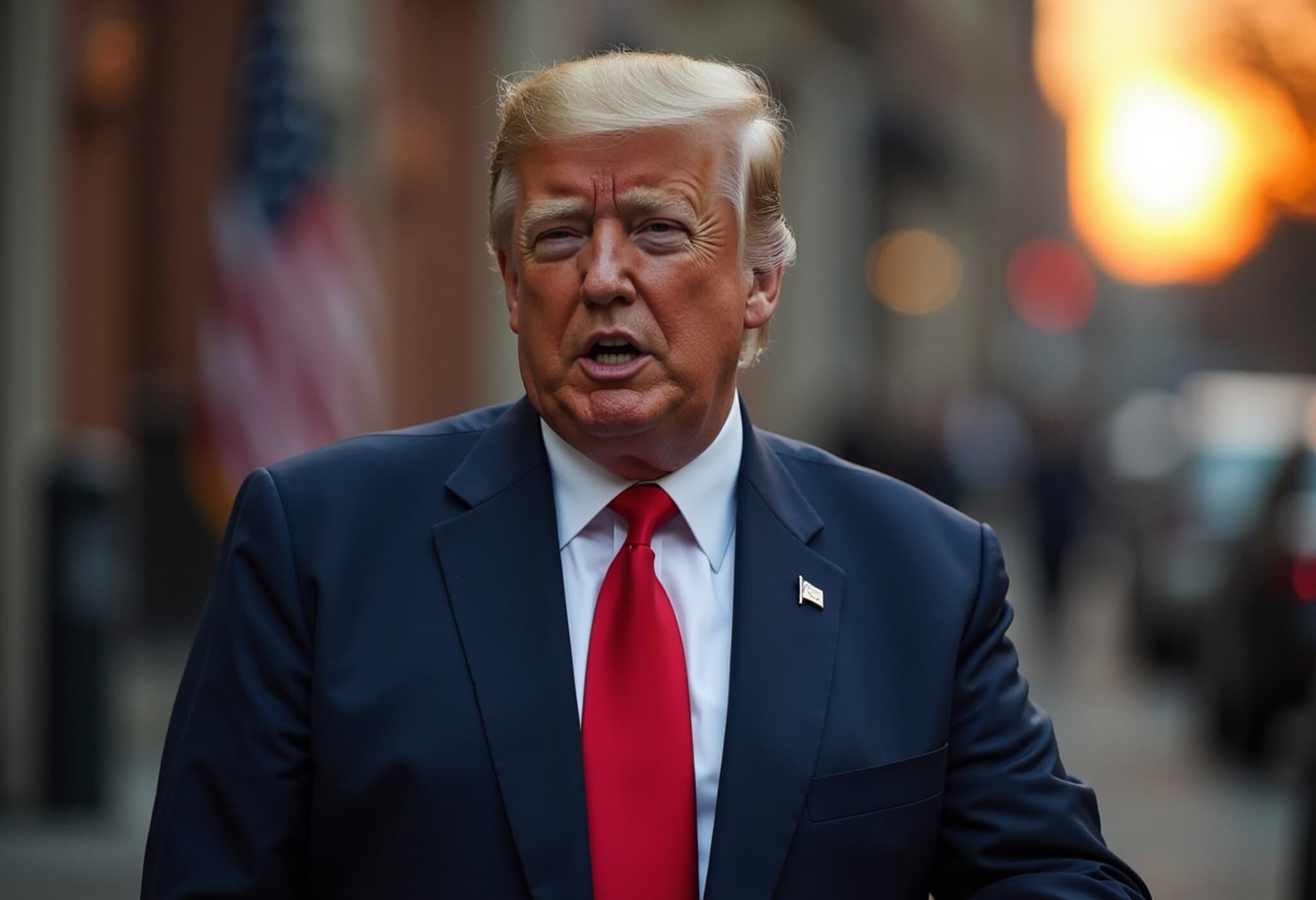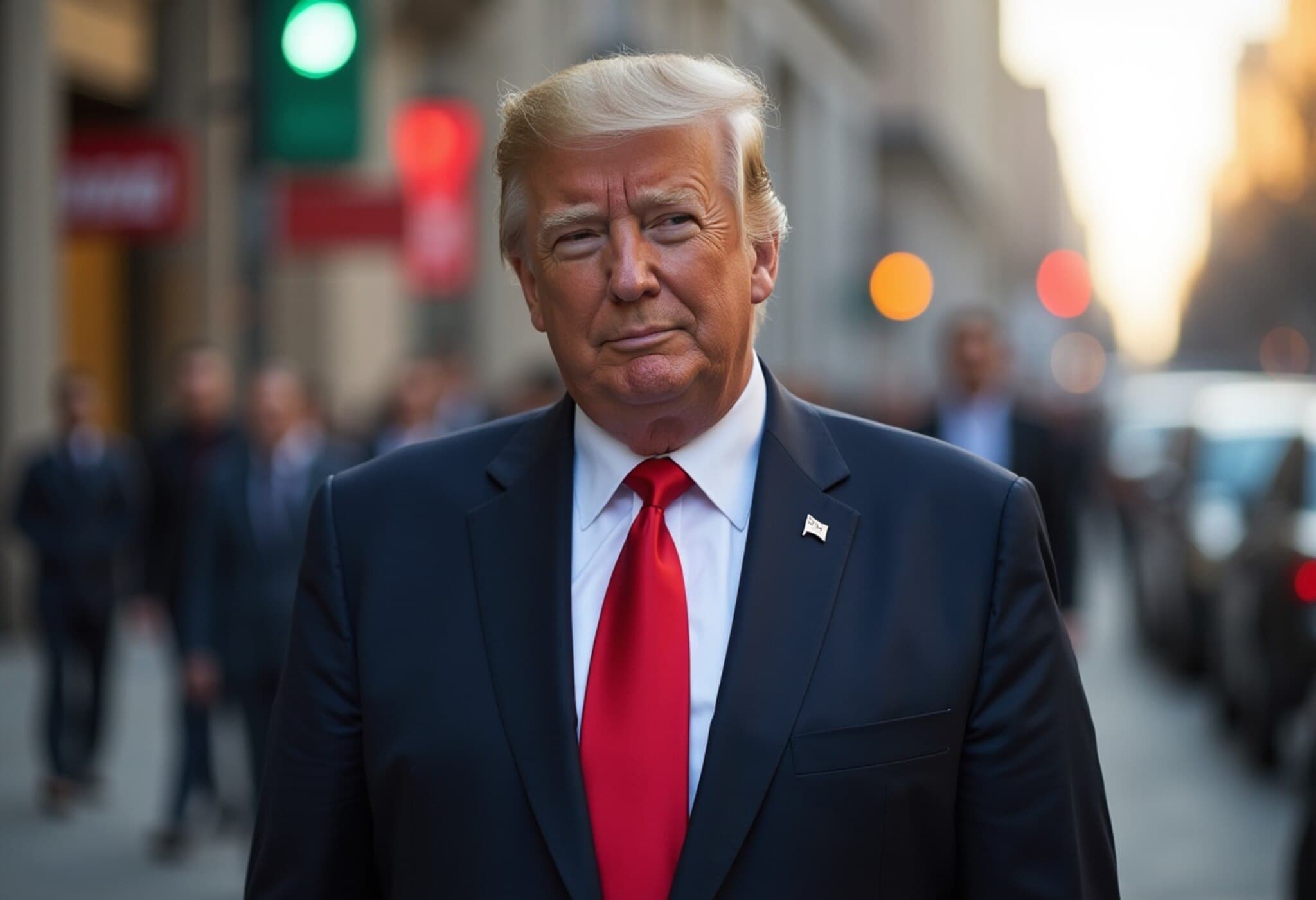Trump Lifts Sanctions on Syria, Signaling Shift in U.S. Middle East Policy
In a surprising turn in U.S. foreign policy, President Donald Trump signed an executive order last week to remove all sanctions imposed on Syria, aiming to help the war-torn nation embark on a path toward peace and economic recovery. This move marks a significant pivot from years of stringent punitive measures targeting the Syrian government amid its prolonged civil conflict.
Addressing reporters at the White House following a high-profile meeting with Israeli Prime Minister Benjamin Netanyahu, Trump expressed optimism about the prospects for regional stability and hinted at a potential similar approach towards Iran.
Sanctions Lifted to Encourage Stability — But Watchful Eyes Remain
“We took the sanctions off Syria because we want to give them a chance,” Trump stated. He emphasized the U.S. intention to monitor Syria’s progress closely, particularly regarding its commitment to normalizing relations with Israel and to curbing foreign terrorist activities within its borders.
This recalibration comes amid complex geopolitics, as the United States balances its longstanding support for Israel with a desire to alleviate regional tensions. The White House clarified that continued cooperation and concrete political reforms from Damascus are prerequisites for sustained U.S. support.
Potential Next Step: Iran Sanctions?
Perhaps more striking was Trump’s suggestion he might soon lift sanctions on Iran, contingent on the nation’s willingness to pursue peace and rebuild productively:
“I would love to be able to—at the right time—take those sanctions off Iran, give them a chance at rebuilding, because I’d like to see Iran build itself back up in a peaceful manner.”
This statement arrives in the wake of renewed tensions and recent ceasefire agreements involving Iran and Israel. Despite sanctions targeting Iranian oil exports imposed on July 3 by the Treasury Department, Trump’s comment signals an openness to diplomatic re-engagement if Iran meets certain conditions.
Complex Dynamics: HTS Removed from Terror List Amid Syria Rebuilding Efforts
In a controversial but strategic move, the U.S. also revoked the terrorist designation of Hay’at Tahrir al-Sham (HTS), a dominant rebel group in Syria’s northwest. Once linked to al-Qaeda as the al-Nusra Front, HTS has since distanced itself from global jihadist networks and now controls significant Syrian territory.
HTS leader Ahmed al-Sharaa’s recent declaration of intent to foster an inclusive and democratic Syria adds another layer of complexity to American policy as it aims to facilitate reconstruction while confronting extremist threats.
Trump and Netanyahu Discuss Regional Security Amid Ongoing Israeli-Iran Conflict
During Netanyahu’s visit, their first since the recent Israel-Iran conflict, discussions focused heavily on maintaining the momentum from the ceasefire reached after a brutal 12-day confrontation. Trump expressed confidence in the prospect of lasting peace, remarking on Hamas’s potential willingness to halt hostilities in Gaza, which has endured conflict for nearly two years.
“I don’t think there is a hold-up,” Trump commented. “I think things are going along very well.”
Expert Analysis: What This Means for U.S. and Middle East Relations
This policy shift represents a nuanced recalibration of U.S. priorities in the Middle East, balancing hardline security concerns with pragmatic steps towards stability and diplomatic engagement.
- Economic Revitalization: Lifting sanctions on Syria could spur much-needed reconstruction and economic recovery after years of devastation.
- Political Leverage: Continued U.S. oversight aims to encourage reforms, pushing Syria towards regional cooperation—especially with Israel.
- Iran Prospects: Suggesting sanctions relief for Iran signals a possible thaw, but remains contingent on Tehran’s future choices.
- Risks: Removing HTS from the terror list raises concerns among U.S. allies about legitimizing a faction with former extremist ties.
These moves could reshape diplomatic dynamics and open channels that have long been closed, yet they also raise critical questions about how the U.S. will enforce its conditions and protect its strategic interests.
Looking Ahead: Balancing Hope with Caution
As President Trump’s administration embarks on this new path, the international community will be watching closely. The effectiveness of these policy shifts hinges on the tangible commitment of Syria and Iran to peace and collaboration, and on skilled diplomatic navigation by Washington and its allies.
Editor’s Note
While lifting sanctions signals a willingness to promote peace through economic engagement, it challenges long-held U.S. policies aimed at curbing authoritarian regimes and militancy. The path forward requires vigilant oversight, astute diplomacy, and clear benchmarks for progress. Will these bold moves lead to lasting peace or create new complexities in an already volatile region? The coming months will be crucial in answering this pivotal question.

















